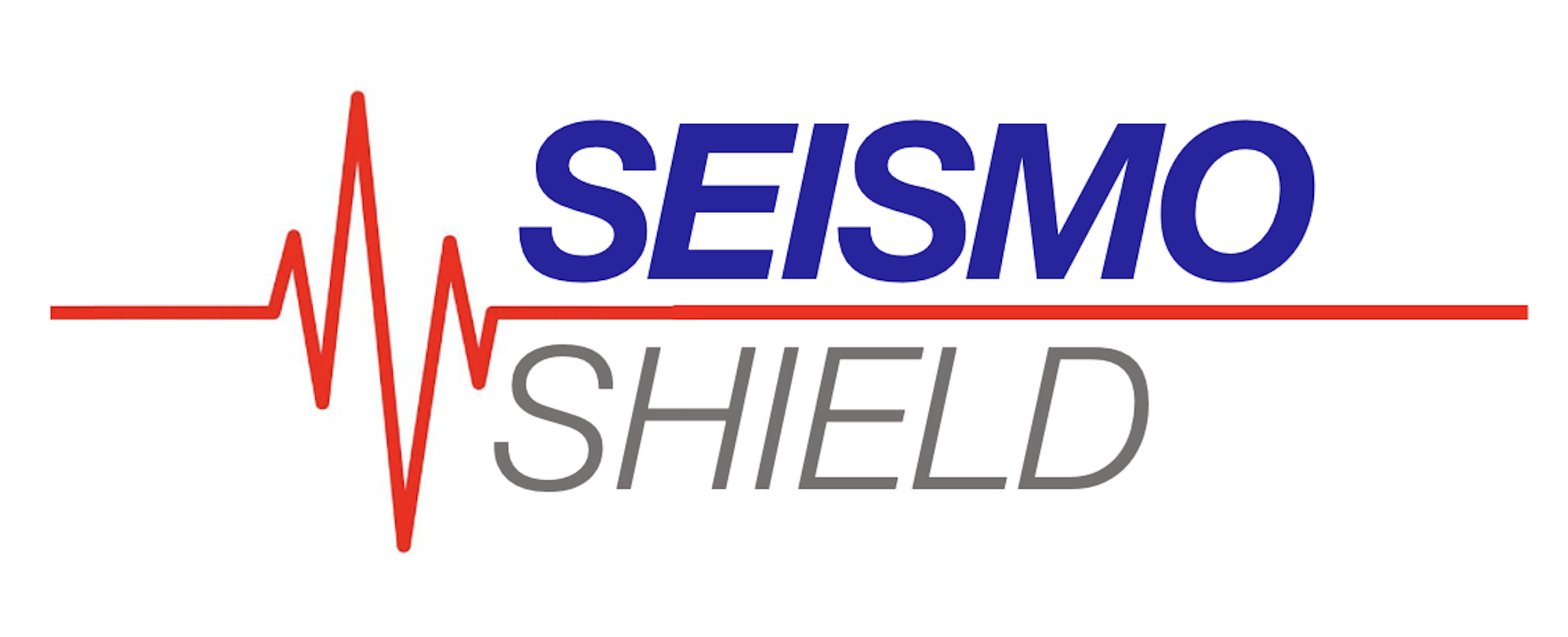Source: SeismoShield analysis of California Earthquake Authority and insurer public filings
Earthquake damage is not covered by California homeowners insurance policies, although many homeowners mistakenly believe it is included.
To get coverage, you need to pay for a separate earthquake policy administered by your choice of either the California Earthquake Authority (CEA) or a private carrier.
How much does it cost?
- The average residential earthquake policy in California costs $73 per month ($873 annual) according to data from the California Earthquake Authority reported in August of 2023. That includes smaller condo and rental policies.
- Full homeowners earthquake policies cost an average $107 per month ($1,284 per year), excluding condo and rental policies.
Here are breakdowns by type of earthquake policy:
All earthquake policies in California
| Average Cost | $73/month ($873 annual) |
| Average rate per $1,000 coverage | $1.63 |
| Average coverage | $534,000 |
| Policies | 1,624,479 |
| % of policy holders with quake coverage | 13% |
Homeowners
| Average Cost | $107/month ($1,284 annual) |
| Average rate per $1,000 coverage | $1.57 |
| Average coverage | $818,000 |
| Policies | 961,852 |
| % of policy holders with quake coverage | 15% |
Renters
| Average Cost | $8/month ($93 annual) |
| Average rate per $1,000 coverage | $2.67 |
| Average coverage | $35,000 |
| Policies | 379,652 |
| % of policy holders with quake coverage | 12% |
Condominium
| Average Cost | $42/month ($508 annual) |
| Average rate per $1,000 coverage | $3.62 |
| Average coverage | $140,000 |
| Policies | 146,984 |
| % of policy holders with quake coverage | 20% |
Costs vary widely by region as you might expect given the variety of quake hazards in California.
And while the California Earthquake Authority (CEA) is a non-profit entity, it doesn’t always offer the lowest rates for admitted quake coverage in California.
Multiple carriers offer alternatives to CEA coverage, including Palomar and GeoVera Insurance Group. These carriers offer coverage separate from home insurance, while CEA requires you to source its policy from your home insurance carrier.
These are estimated monthly premiums for parts of several major California cities based on our analysis of CEA and non-CEA carrier state rate data. We assume $800,000 in dwelling replacement coverage and a 15% deductible, the most popular deductible for CEA policies.
| City | CEA | Non-CEA Carrier |
| Los Angeles | $123 | $125 |
| Oakland | $321 | $99 |
| Sacramento | $27 | $18 |
| San Diego | $25 | $31 |
| San Francisco | $109 | $125 |
| San Jose | $234 | $118 |
| Santa Barbara | $102 | $74 |
| Santa Rosa | $203 | $97 |
Personal property, loss of use, and other coverage are not included in these estimates.
Exact premiums depend on the specific home and location and might not be available for your home. SeismoShield is not affiliated with the CEA, and for a more precise CEA estimate use the CEA’s tool at earthquakeauthority.com.
Other assumptions include a two story wood frame home built in 1975 with a slab foundation and a standard roof. For private carriers we show the premium of the lowest cost carrier in our analysis. Some carriers require verification of a bolted and/or braced foundation to receive the lowest rates for homes built prior to the 1980s.
A minority of California homeowners choose to pay for earthquake insurance…
- There are 1.62 million residential earthquake insurance policies active in California as of 2022, versus 1.68 million policies active in 2021.
- Just 13% of California residential policy holders pay for earthquake insurance. That includes condo and renters policies. Among full homeowners policies, 15% carry earthquake coverage.
Standalone private carriers handle over one third of earthquake policies in California, with the rest via the CEA, which had 1.068 million policies in force in 2022.
Market share by provider in 2022
- 66% CEA
- 34% private carriers
Want to save?
- For some homes built before 1980, verification from a licensed contractor that your home is bolted to its foundation and if cripple walls are present, they are braced, can unlock discounts of 10-25%. Many older homes already have these features.
- Consider a higher deductible – private carriers offer deductibles from 2.5% to 25%, and the CEA from 5% – 25%. Some allow sharing of losses beyond the deductible for lower premiums.
